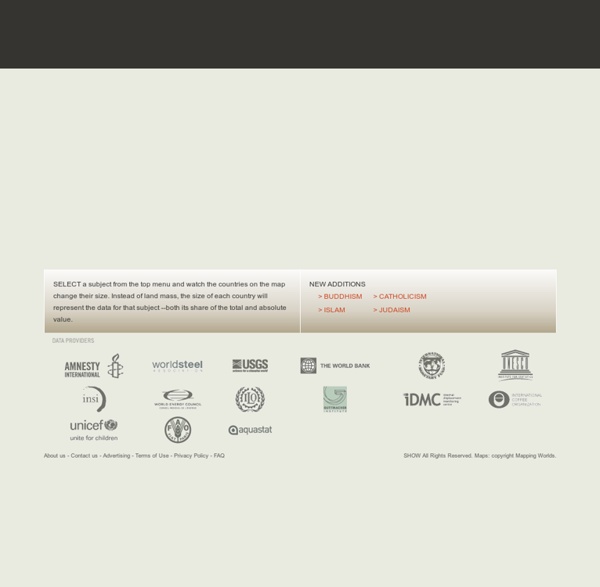



Sverigeguiden International Programs - Information Gateway Frequently Asked Questions (FAQ) 1. What is the International Data Base? The International Data Base (IDB) offers a variety of demographic indicators for countries and areas of the world with a population of 5,000 or more. World and Region demographic indicators in the IDB, including population totals, exclude the populations of countries and areas with fewer than 5,000 people. 2. The IDB provides many types of demographic data, including: · Estimates and projections of: Birth, death, and growth rates, migration rates, infant mortality, and life expectancy Fertility rates Total population and population by age and sex 3. The following ZIP file contains the complete data set which has currently been released and is used by the International Data Base tool. 4. The demographic estimates and projections found in the International Data Base are the result of over 30 years of analysis of census, survey, vital statistics, and other data by Census Bureau demographers. 5. 6. (play button). 7. 8. 9.
Världens flaggor - Alla flaggor i världen listade - FlaggQuiz Human Numbers Through Time By Susan K. Lewis Posted 04.20.04 NOVA For most of human existence our ancestors led precarious lives as scavengers, hunters, and gatherers, and there were fewer than 10 million human beings on Earth at any one time. Today, many cities have more than 10 million inhabitants each, and populations continue to skyrocket. Trace the dramatic growth of human populations over recent centuries on our global map, and see where on Earth as many as three billion more people may live by 2050. Note on Graphics The global map was adapted from World Population: A Graphic Simulation of the History of Human Population Growth, a 2003 video produced by Population Connection (www.populationconnection.org). When areas become super-populated, as they begin to do in certain parts of the world in the 20th century, the dots merge and spread outward like a stain. Illustrations (all)
Human Development Reports | United Nations Development Programme Population pyramids: Powerful predictors of the future - Kim Preshoff If your selected country was not represented by a population pyramid in the lesson, you may wonder what it looks like. The U.S. Census Bureau has an International Data Base that can help you create one. Is your country a fast, slow or no growth pyramid?The current world population can be seen ticking on the World Population Clock.